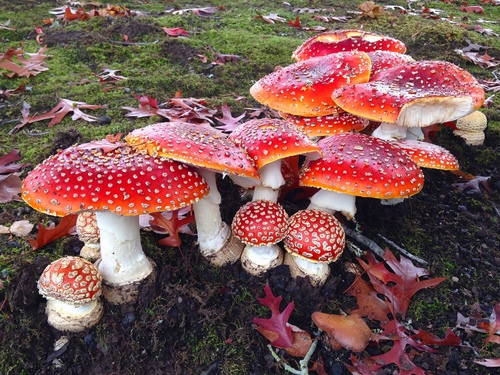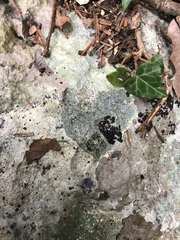Amanitaceae

The Amanitaceae family of fungi is quite fascinating and includes some of the most well-known and notorious mushrooms. This family is part of the larger order Agaricales and features several genera, the most prominent being Amanita, which is where the family derives its name.
The Comunidad Valenciana, with its diverse habitats, provides an excellent backdrop for various species of Amanitaceae to thrive. Here's a closer look at their characteristics and significance:
- Distinctive Features: Members of the Amanitaceae family are generally characterized by their large size, presence of a volva (a cup-like structure at the base), and a cap that may feature vibrant colors or distinctive patterns.
- Toxicity: The family includes some of the most poisonous mushrooms, such as the infamous Amanita phalloides (commonly known as the death cap) and Amanita muscaria (fly agaric). These species are both beautiful and dangerously toxic, making them subjects of caution and interest.
- Edible Varieties: Alongside the toxic species, the family also includes edible varieties like Amanita caesarea, known locally as "oronja" in the Comunidad Valenciana, a prized edible mushroom highly valued for its flavor and culinary uses.
- Ecological Role: Fungi in this family play a critical role in their ecosystems, often forming mycorrhizal relationships with trees, which helps in nutrient exchange and supports both the mushrooms and their host trees.
While enjoying the diverse landscapes of the Comunidad Valenciana, encountering the intriguing Amanitaceae family can provide insight into the complex and interconnected web of nature. Whether admired for their beauty, studied for their ecological importance, or approached with caution due to their toxic members, these fungi contribute significantly to the biodiversity of the region.






